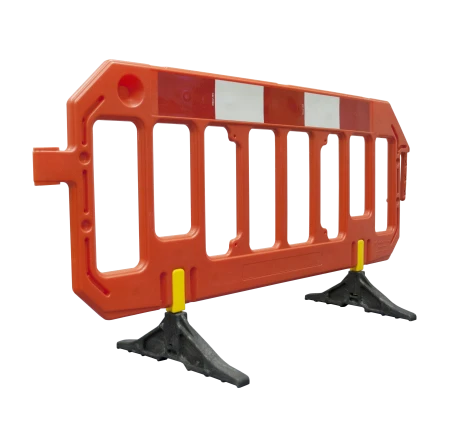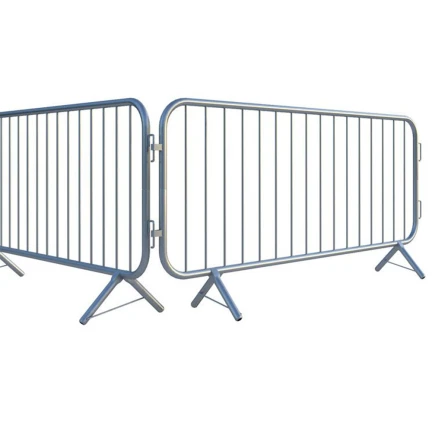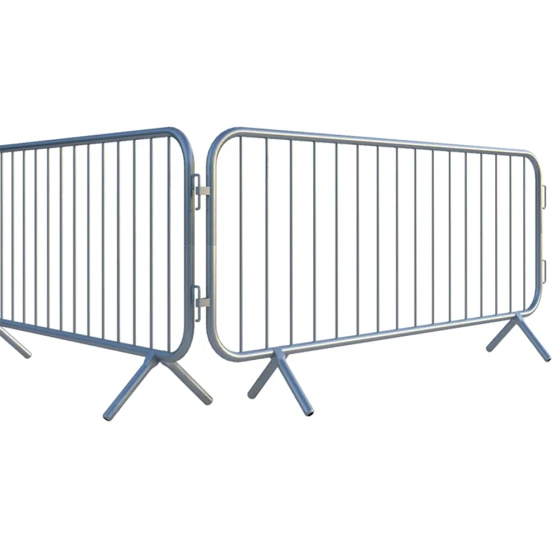A bit about Pedestrian Barriers
Pedestrian barriers are essential components for ensuring the safety, crowd management, and overall success of various public events or sites. These barriers serve as a vital infrastructure to guide, control, and protect pedestrians attending concerts, festivals, parades, and other gatherings. Here's an explanation of why event pedestrian barriers are a crucial part of managing crowds at events:
Crowd Safety and Control:
Pedestrian barriers are integral to maintaining a safe and controlled environment for event attendees. Clearly defining pathways and designated areas, these barriers prevent overcrowding, ensure orderly movement, and reduce the risk of accidents, falls, or trampling.
Barrier Zones and Access Points:
Pedestrian barriers establish distinct zones within the event space, such as entry and exit points, ticketing areas, and restricted sections. This segregation streamlines crowd movement, helps prevent unauthorized access, and enables efficient entry and exit procedures.
Security Enhancement:
Pedestrian barriers provide an added layer of security by creating a physical separation between event attendees and potential security threats. They allow security personnel to monitor and control the flow of people, reducing the risk of unauthorised items or individuals entering the event area.
Perimeter Definition:
They help define the perimeter of the event space, making it clear to attendees where the event area begins and ends. This demarcation prevents attendees from inadvertently wandering into restricted or unsafe areas.
Queue Management:
In situations where long lines are expected, such as for ticketing or entry to popular attractions within the event, pedestrian barriers aid in organising queues. They guide attendees into orderly lines, reducing confusion and preventing line-jumping disputes.
Visibility and Spectator Experience:
Well-placed pedestrian barriers can enhance the overall spectator experience. They ensure that attendees have clear sightlines to performances, stages, or attractions while preventing obstructions caused by individuals standing in non-designated areas.
Vendor and Exhibit Management:
At events featuring vendors, exhibitors, or food stalls, pedestrian barriers help create defined spaces for each vendor's setup. This organisation simplifies vendor management, prevents encroachment, and contributes to a visually appealing event layout.
Promotional Opportunities:
The barriers can be customized with branding, event logos, or sponsor advertisements. This branding opportunity not only adds to the event's aesthetic appeal but also serves as a form of promotion and sponsorship recognition.
Compliance and Liability:
Utilising pedestrian barriers ensures compliance with local safety regulations and mitigates potential liabilities. Organisers who prioritize crowd management and safety demonstrate a commitment to attendee well-being and minimize the risk of accidents or legal issues.




















